Pretoria National Botanical Garden: Gardens or Gig Venue?
CEFR Level: B2
Category: General English | Investigative Environmental Report

On 76 hectares of indigenous grassland, rocky ridge and themed garden in Pretoria, the NBPG should be a sanctuary for flora and fauna, a living laboratory and a tranquil retreat. Instead, frequent large-scale events, booming sound-systems, and picnic-and-wedding rentals increasingly challenge the garden’s ecological integrity.
As a long-time member walking the grounds 2-3 times weekly, I have witnessed a change: where once the call of the guinea fowl or the quiet dazzle of dassies greeted me, now louder footsteps, litter, and stage set-pieces intrude.
This investigation asks: is the PNBG sacrificing its core function of biodiversity conservation in favour of revenue generation? With global research showing that loud music, crowds and infrastructure can disrupt wildlife, the timing and scale of events at PNBG raise serious questions.
Through historical context, wildlife-impact evidence, policy review, and a comparison with other botanical gardens, this article offers a balanced yet critical evaluation — and proposes recommendations for a more sustainable future.
Vocabulary Builder
intrude – to enter without permission or welcome
mandate – an official order or responsibility
disturbance – something that interrupts or disrupts
resilience – ability to recover from difficulties
buffer – a protective zone or area in between
mitigate – to make less severe or harmful
tractable – easily managed or controlled
biodiversity – the variety of life in a particular habitat
dual – having two parts or functions
haul – a tedious or difficult transportation (often long-haul)
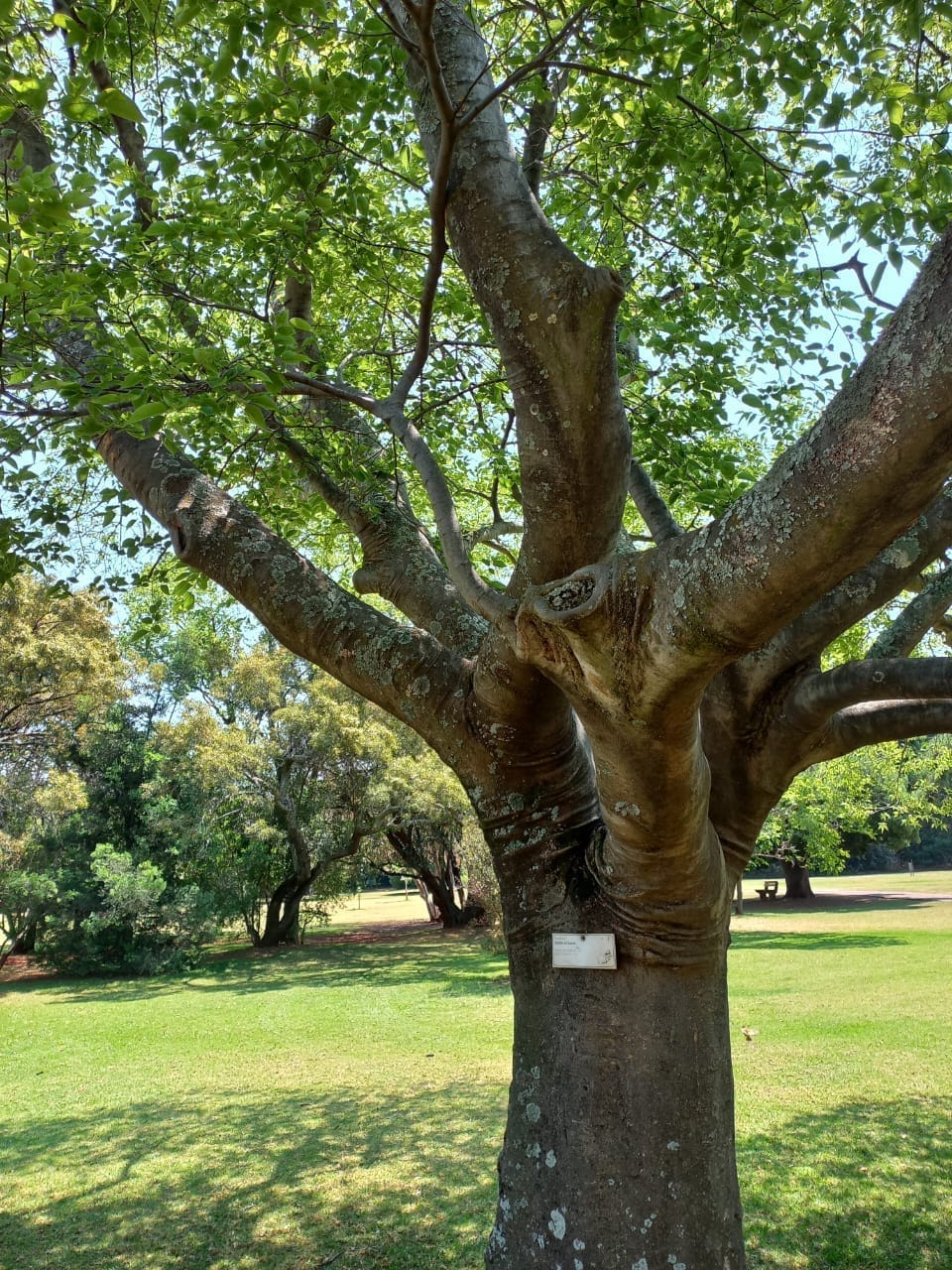
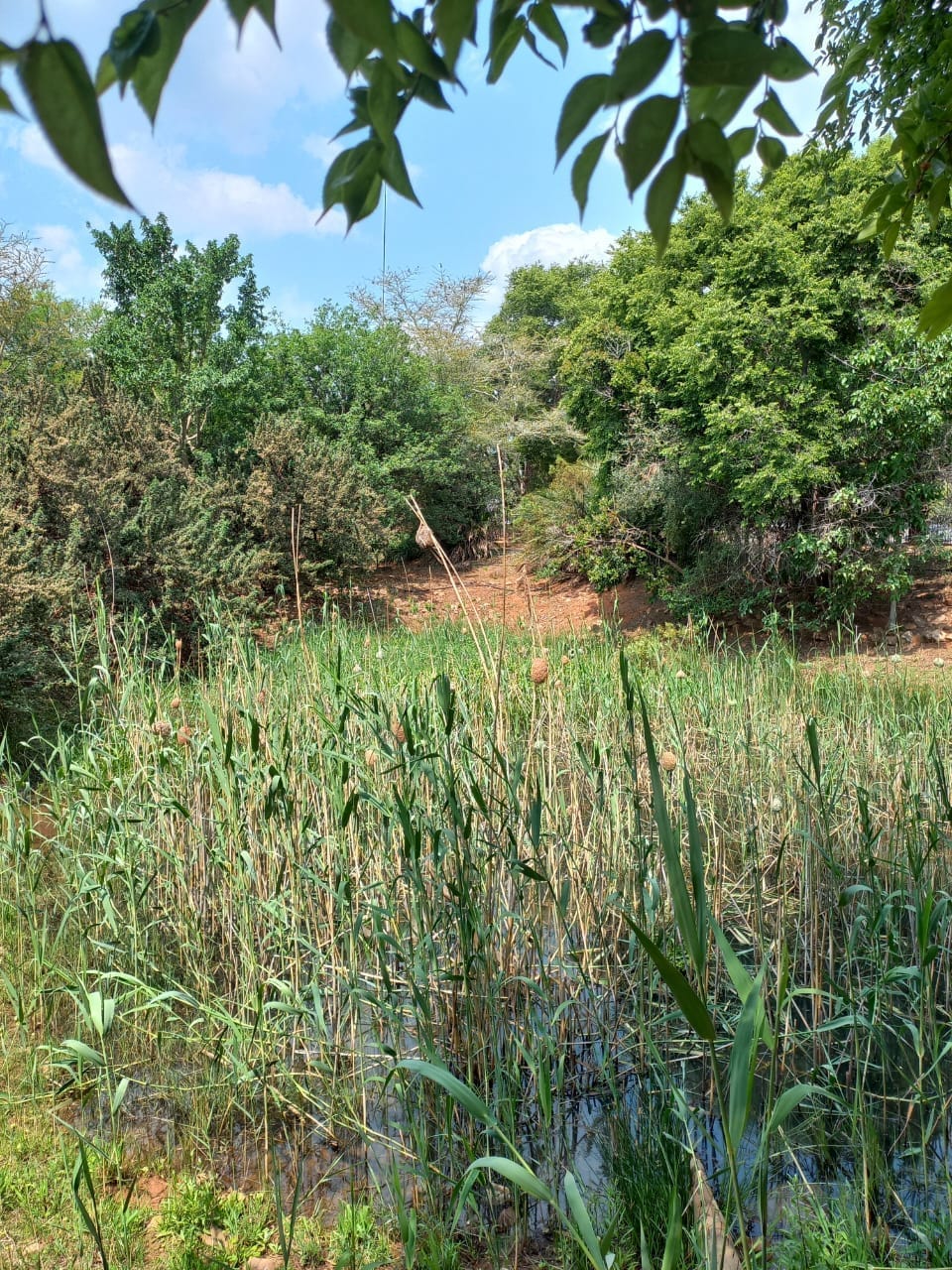
Historical Background: From Research Hub to Public Venue
The PNBG was established in June 1946 when the University of Pretoria granted its experimental farm land to the Department of Agriculture, marking a shift from agriculture to botanic research. Officially opened to the public on 23 October 1958 under the Botanical Research Institute, the garden initially served mostly research and conservation functions.
In 1984 the garden opened daily to the public. When in 1989 the Botanical Research Institute merged into the National Botanical Institute, and later in 2004 the South African National Biodiversity Institute (SANBI) was formed under the National Environmental Management: Biodiversity Act (2004), the PNBG’s role expanded to education and recreational access.
Pre-1994, the garden was regarded as a premium research and conservation asset, maintained under the old regime with fewer commercial pressures. Since 1994 and particularly after 2010, there is anecdotal evidence of shifting priorities — more functions for weddings, large events and rentals — which may correlate with maintenance challenges and increasing visitor traffic.
Thus, while PNBG remains a national botanical garden with research and conservation functions, the evolving management structure and revenue-driven activities deserve scrutiny in terms of ecological impact.
The Dual Role: Conservation vs Commercial Activity
By its mandate, SANBI is tasked with “managing botanical gardens for research, education, and public enjoyment” while safeguarding biodiversity. The PNBG’s official site states that “50 hectares of the total area is devoted to developed garden, using almost exclusively South African plants… Visitors are offered a glimpse of different biomes such as savanna and forest biomes” and that it “successfully bridges the gap between scientific research and the recreational environment.”
Simultaneously, the garden is promoted as a venue: picnic lawns, a “braai area and picnic spots”, cafés (Milkplum Café), and large open-lawn concert areas near the bird-watching zone. While revenue is essential for upkeep, the question arises whether the scale and frequency of events are compatible with conservation responsibilities.
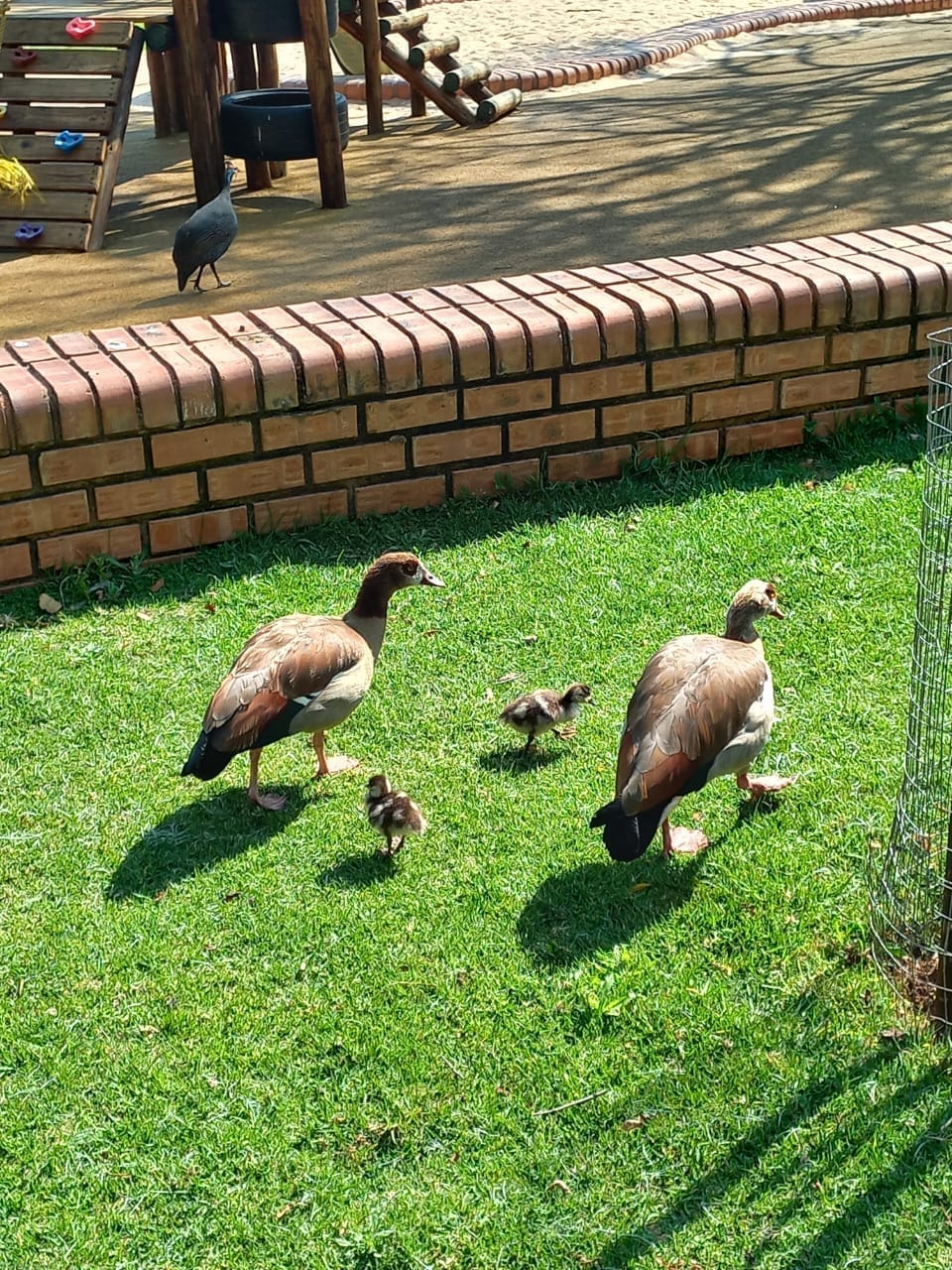

On-the-Ground Impacts: Wildlife, Habitat and Sound
Wildlife & habitat context
The PNBG is home to a mix of fauna: dassies (rock hyrax), ducks, ibis, guinea fowl, duikers (small antelope), yellow weavers, dikkops (thick-knee birds), as well as numerous other birds, reptiles and small mammals that utilise the ridge and wetland habitats. The “National Botanic Gardens of South Africa” site confirms PNBG is a 76ha oasis of indigenous flora with an avifauna and fauna community.
Litter and trampling
In September 2025, two large-scale music events were hosted on the open lawn adjoining the bird-watching area and wetland zone — one a Spring Day celebration attended largely by University of Pretoria students, and the other a general commercial concert. The lawn was visibly trampled afterwards, with grass thinned out and bare sandy patches exposed across the area. Litter such as plastic cups, food containers, and small debris remained scattered in the grass days later, indicating incomplete cleanup. This level of ground disturbance can impair nesting habitat for ground-nesting birds such as dikkops and disrupt the movement and safety of small mammals like dassies.
Noise pollution
Large sound systems with bass and prolonged music sessions generate noise above normal ambient levels. Research indicates that loud music festivals can reduce bat activity by nearly 50% in woodland edge zones. Further, human recreation studies show that wildlife may alter habitat use in response to dawn/dusk disturbance and high-volume events. While PNBG may not publish decibel levels, the nature of the events suggests significant disturbance to resident fauna that rely on soundscapes for communication, predator-prey detection and breeding.
Birdlife disturbance
Birds such as ibis, guinea fowl, and yellow weavers are sensitive to habitat change and disturbance. Loud events and trampling near the wetland likely cause displacement, reduce feeding time and increase predation risk. The transformation of a quiet bird hide zone to a staging area conflict with the original habitat purpose.
Habitat fragmentation and repeated disturbance
Each major event introduces infrastructure: staging, power cables, lighting, portable toilets, increased foot traffic. Repeated intrusion undermines the ecological integrity of the lawn and adjacent natural vegetation. Disturbed edges become inhospitable for sensitive species. According to conservation literature, recreation disturbance causes shifts in species use of habitats and may lead to long-term biodiversity declines if exceeding resilience thresholds.
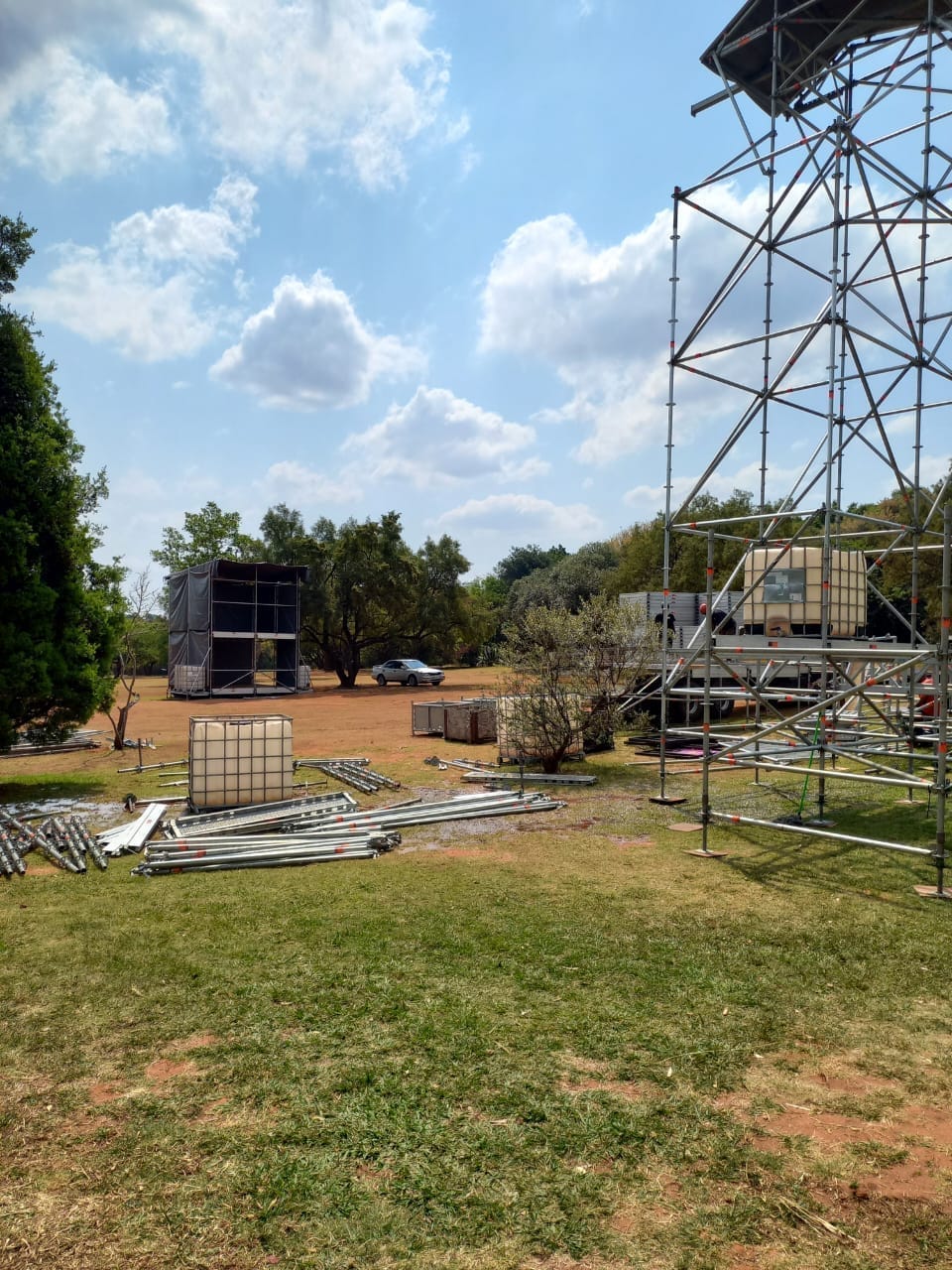

Has Ecology Declined? Signs and Anecdotes
While detailed longitudinal biodiversity data for PNBG post-2010 is not publicly available, several indicators raise concern:
Visitor reviews remark: “Not what it used to be anymore.” (Tripadvisor)
Trampled and bare patches on the lawn near wetland habitat
Increased number of large-scale non-botanical events, visible rental infrastructure
Repeated complaints on social media about litter and noise
Together, these suggest the garden may be moving toward a dual identity: botanical conservation and event venue — with potential compromises on the conservation side because of ecological load beyond design. When a botanical garden is stressed by repeated use beyond its carrying capacity, the natural values it was meant to protect can degrade.
Policy, Regulation & Management Accountability
Governance & funding context
SANBI’s mandate under the National Environmental Management: Biodiversity Act (2004) is to contribute to biodiversity knowledge, awareness and conservation. As operating costs for gardens rise, commercial revenue (venue rentals, events) becomes increasingly attractive.
Legal frameworks & impact assessment
Large-scale concerts in natural venues may trigger requirements under South Africa’s Environmental Impact Assessment (EIA) regulations or Environmental Management Programmes (EMPr) if significant disturbance, noise, or litter occurs. The City of Tshwane noise by-laws (and national Noise Control Regulations) require sound levels and hours to be controlled. Yet no publicly available PNBG event report indicates full EIA/EMPr transparency or documented wildlife impact mitigation.
International best practices and comparators
At the Kirstenbosch National Botanical Garden, concerts are carefully managed with noise-curfews, designated zones, transportation controls and offset-payments for conservation.
Internationally, the Royal Botanic Gardens, Kew and Singapore Botanic Gardens run public events but limit them by specifying wildlife-free zones, restricting large events near sensitive habitats, and enforcing post-event remediation.
By contrast, the PNBG lacks publicly announced carrying-capacity limits or mitigation commitments visible to members or visitors.

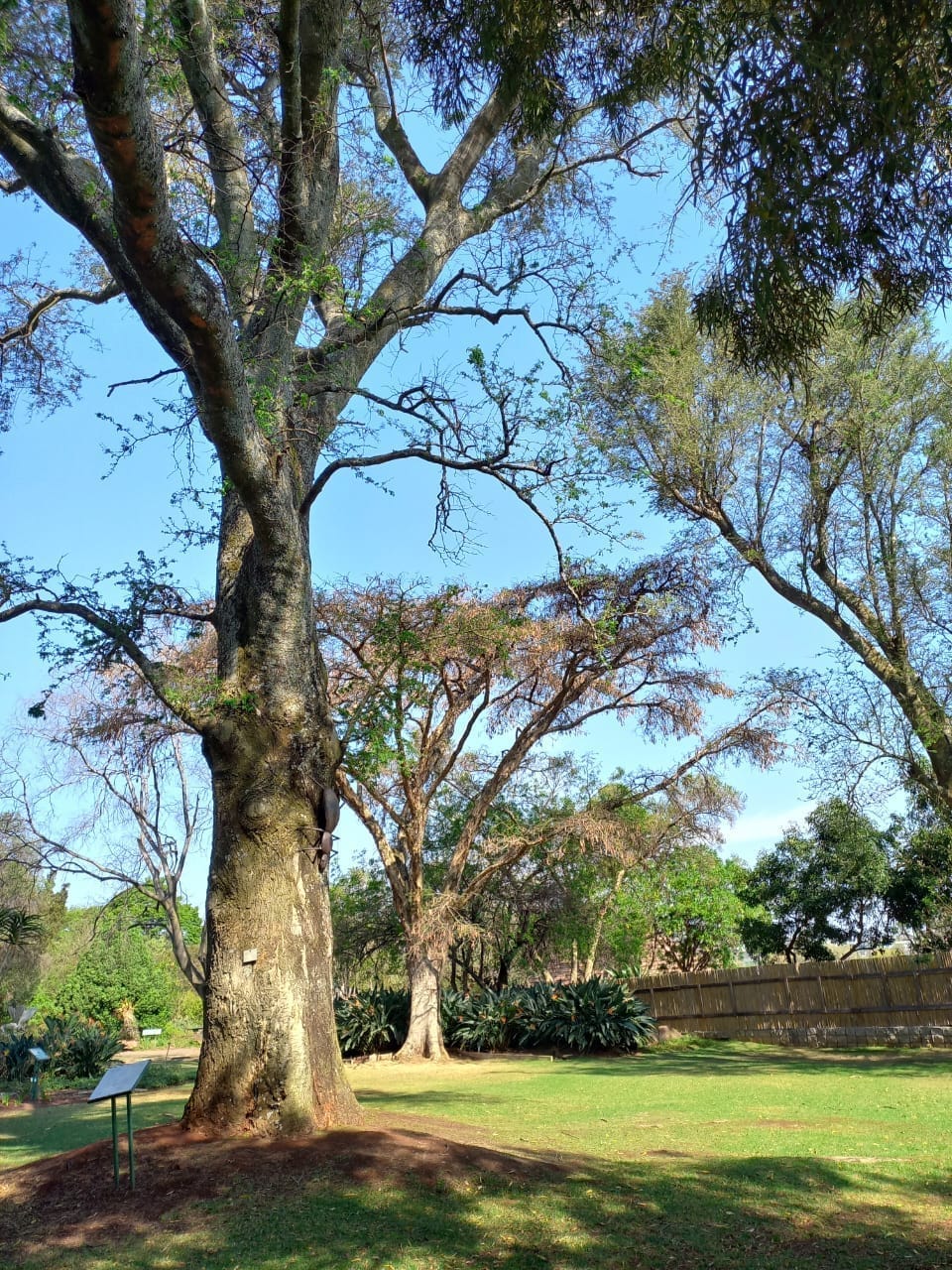
Balanced Evaluation: Pros, Cons & Context
Pros:
Event revenue helps raise funds for maintenance of PNBG, which otherwise struggles with public-sector budget constraints.
Large events draw public attention and may boost membership, visitation and awareness of the garden.
The garden remains accessible to local communities and provides numerous amenities (Milkplum Café, picnic lawns, bird-watching spot, and walking trails).
Cons:
Large concerts and frequent rentals may degrade core ecological habitat, disrupt wildlife and undermine conservation outcomes.
Visible litter, trampling, noise and material infrastructure detract from the “natural” experience and may reduce biodiversity value.
Without transparent environmental management, the garden risks shifting from “botanical sanctuary” to “event space with plants”.
On balance, the evidence suggests the PNBG is at a crossroads: fund-raising via events is understandable, but without clearly defined ecological safeguards, the commercial activity may conflict with the garden’s primary purpose of conservation. As a member and nature-enthusiast, I contend that the balance currently tilts too far toward economy over ecology.

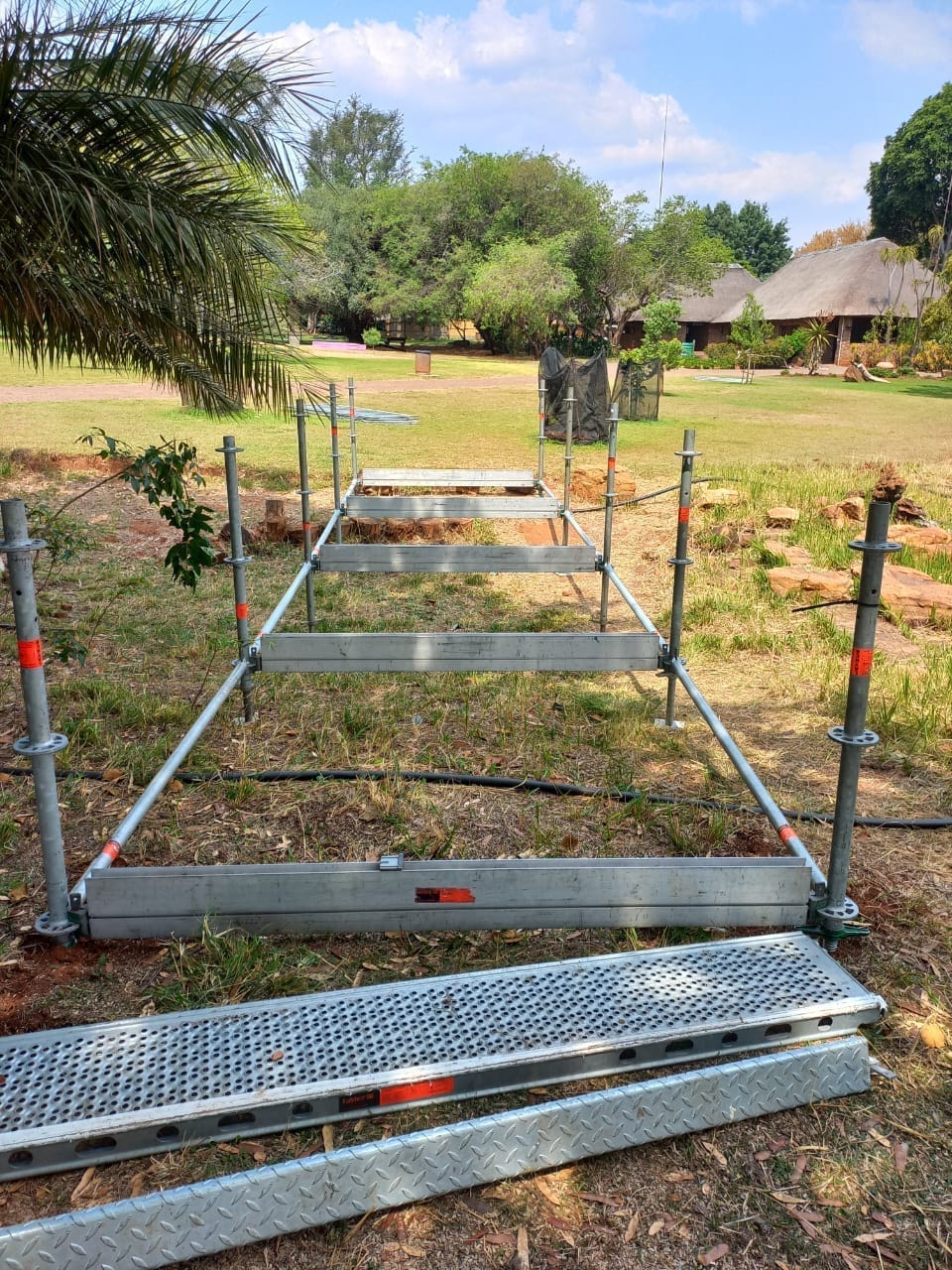
Recommendations: Safeguarding Conservation While Supporting Revenue
To ensure that PNBG retains its biodiversity role while generating necessary revenue, the following are recommended:
Carrying-Capacity Study & Event Zoning
Commission an independent ecological carrying-capacity assessment to determine how many large-scale events the garden can sustain annually without ecological harm. Define “quiet zones” where staging/events are prohibited (e.g., near bird-watching wetlands, dassie trail).Noise-Limit & Temporal Controls
Establish decibel limits, permissible hours (e.g., no high-volume events after 20h), and distance buffers from sensitive habitats. Require event organisers to submit pre-event noise modelling and post-event monitoring.Waste-Management Plan & Trampling Mitigation
Make event contracts conditional on full waste-management (packaging reduction, recycling, onsite cleanup within 24h), and visitor-footprint mitigation (temporary boardwalks over lawn, directional flow to minimise trampling).Ecological Offset Fee
Apply an “ecosystem-stress surcharge” for large gatherings. Funds collected should be ring-fenced for habitat restoration, wildlife monitoring and visitor-education programmes.Transparent Monitoring & Reporting
Publish annual ecological reports for PNBG: wildlife counts, noise-event data, litter volumes, vegetation-damage assessments. Members should have access to these.Event-Type Hierarchy
Prioritise low-impact events (weddings, small community gatherings) in sensitive zones; restrict high-impact rock-concert-style events to specially prepared zones with full mitigation protocols.
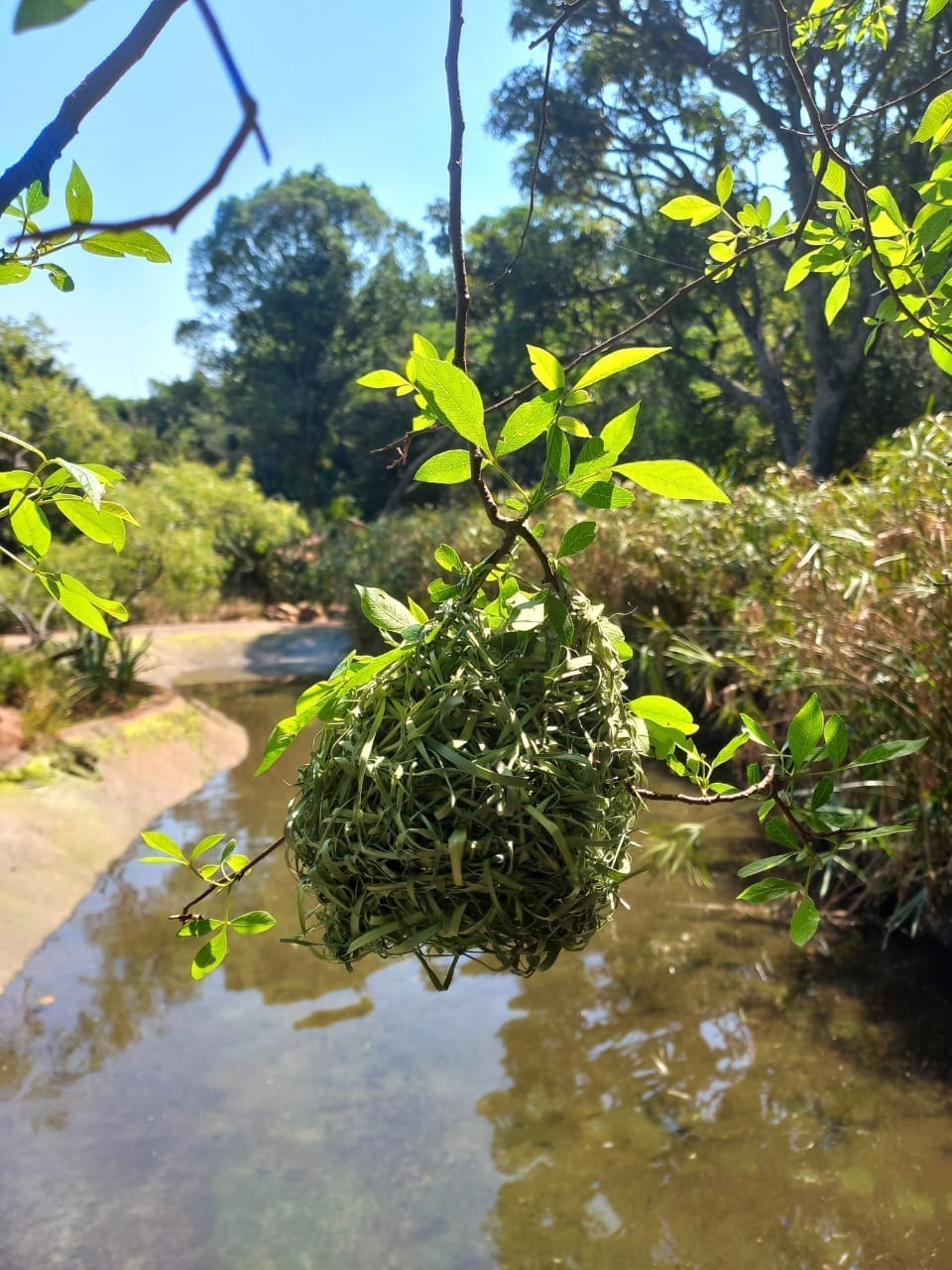

Conclusion
The PNBG stands at a pivotal moment. If managed well, it can continue to fulfil its dual role of conservation and public enjoyment. If not, revenue-driven large events may gradually erode what makes it uniquely valuable: the richness of indigenous flora and fauna, the tranquil trails, the dassies sunning on the ridge. Conservation and commerce need not be enemies — but they must be managed in balance.
As a member walking the gardens several times each week, I remain hopeful that SANBI and PNBG management will listen to ecological warnings, respect wildlife and restore the garden’s deeper mission. The future of this national iconic green space depends on it.
👉 Visit Henry English Hub to explore more reading comprehension posts, vocabulary builders, grammar tips, and real-world English content for motivated learners like you.
Whether you're working on fluency, focus, or just want engaging topics to read about, you’ll find it here.
Real English. Real Stories. Learn, Think, Fly.
©2025 Henry English Hub. All rights reserved.


HEY, I’M HENRY
Hi, I’m Henry Lilienfield, a TEFL veteran with teaching experience across China, Taiwan, Oman, Saudi Arabia, Iraq, South Africa, and online. With a law degree, two post-grad qualifications in Education Management and Development Studies, and a Level 5 TEFL Diploma, I bring deep knowledge and a practical approach to everything I teach—whether it’s English lessons or how to start your own online teaching business.



JOIN MY MAILING LIST
© Henry English Hub 2025 -www. henryenglishhub.com
